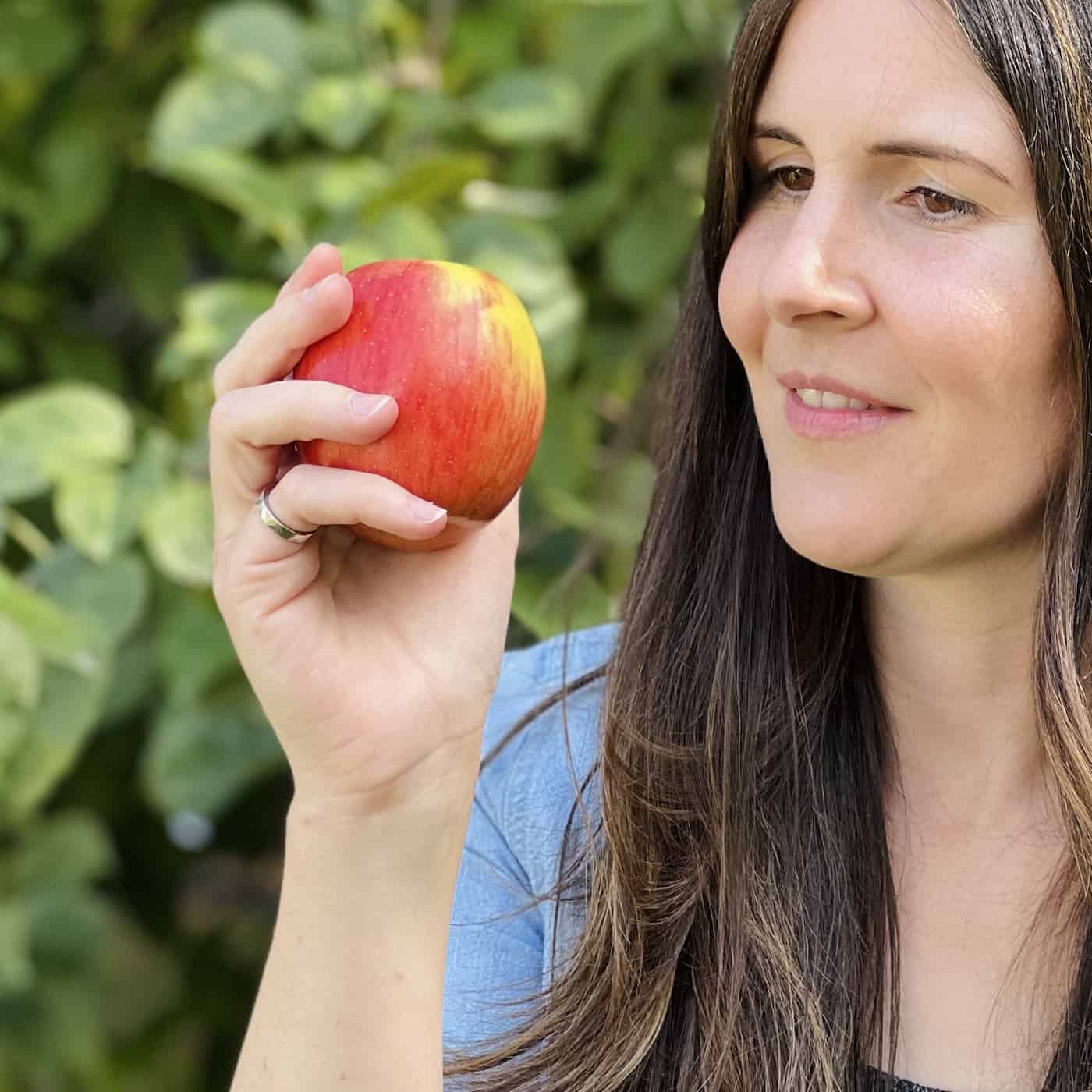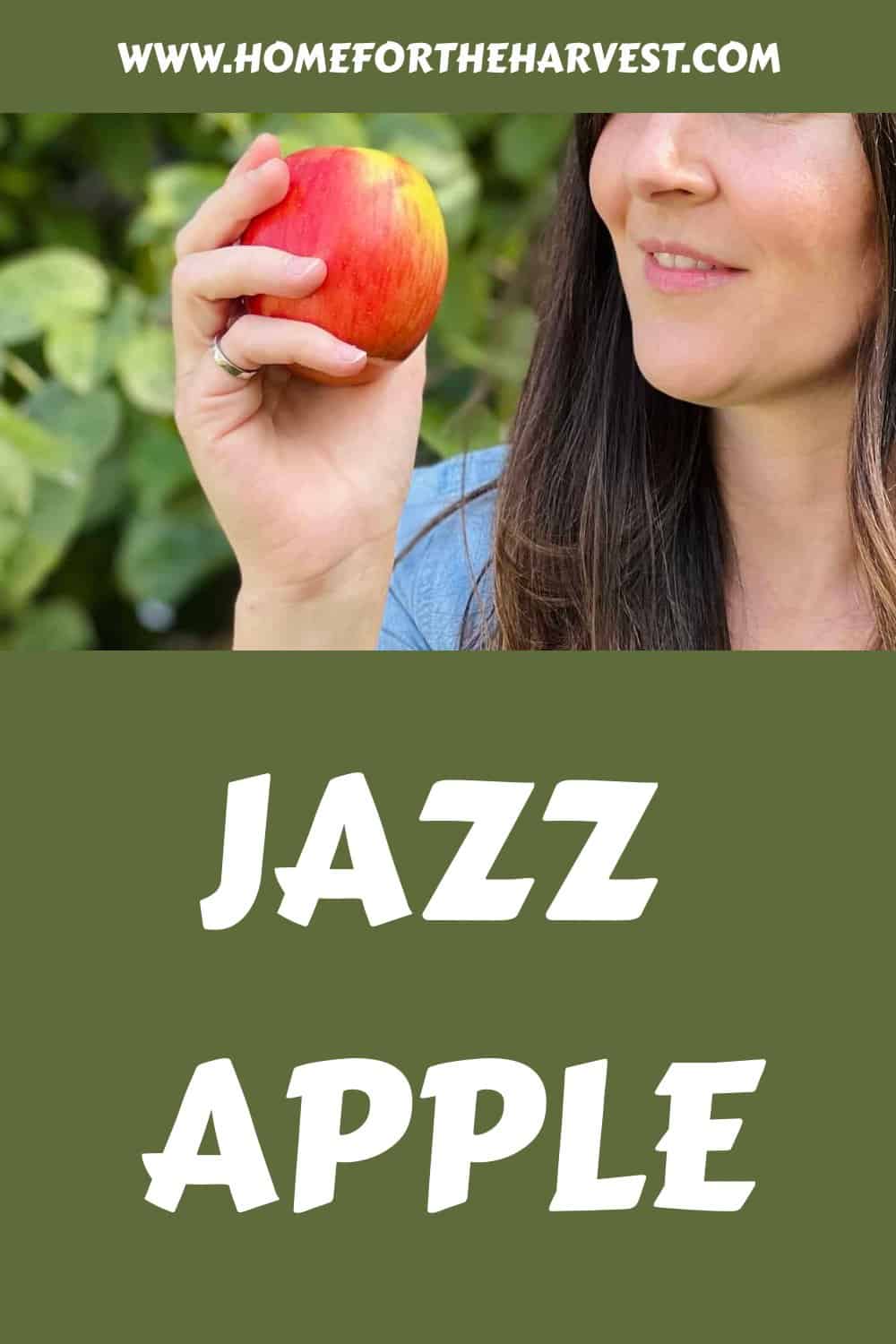The Jazz apple is a well-known club apple variety with a nicely striped red and yellow peel. ‘Jazz’ has a rounded shape, firm and crisp texture, and is wonderful to eat fresh. The Jazz apple was bred in New Zealand and is now grown around the world.
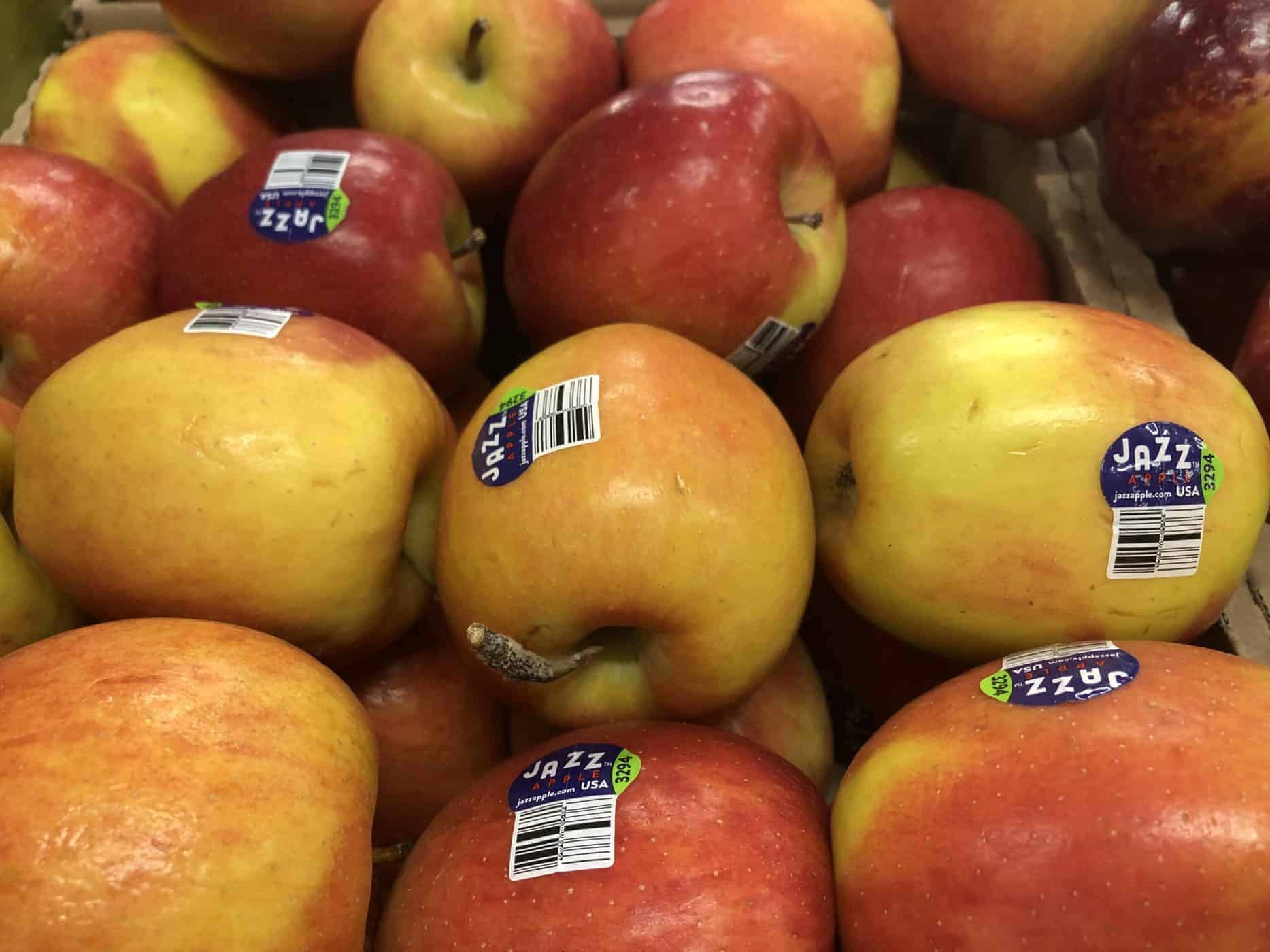
Jazz apple basics
The Jazz apple, first developed in New Zealand, is a cross between Braeburn and Royal Gala apples – two other famous New Zealand apples. These two apples’ flavors combine to create that sweet but not overbearing flavor that makes Jazz such a favorite. The Jazz apple was developed by ENZA, or Eat New Zealand Apples. The club apple branding allows ENZA to have quality control on these apples because the named product is easier to copyright.
Jazz apples are usually a tad smaller than Galas and usually ripen a week or two before Braeburn. They are perfect for eating fresh but also have a relatively long storage life when compared to their parent cultivars.
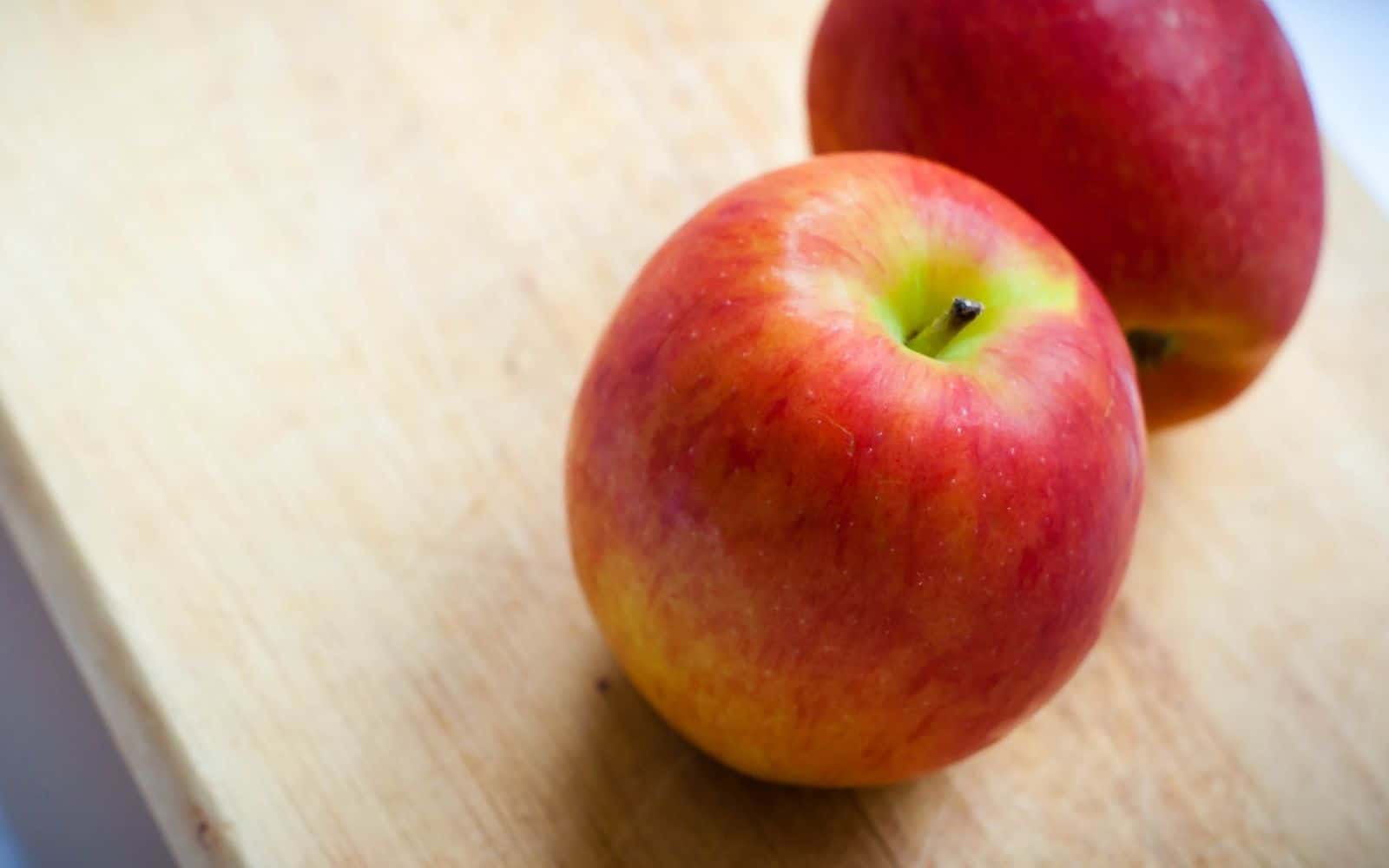
Jazz apple appearance
Jazz apples have an orange-yellow background color to their peel, covered about three-quarters by a beautiful red blush that sometimes shows light red streaking. The exterior appearance is their main selling point in supermarkets because they look attractive and appetizing.
These apples are nice and round and fit well into your hand as opposed to some other, more softball-sized apples. Jazz apples are rather small compared to other apples, but they sure pack a punch when it comes to taste. The cute size also makes them perfect lunchbox-sized apples for kids and adults alike.
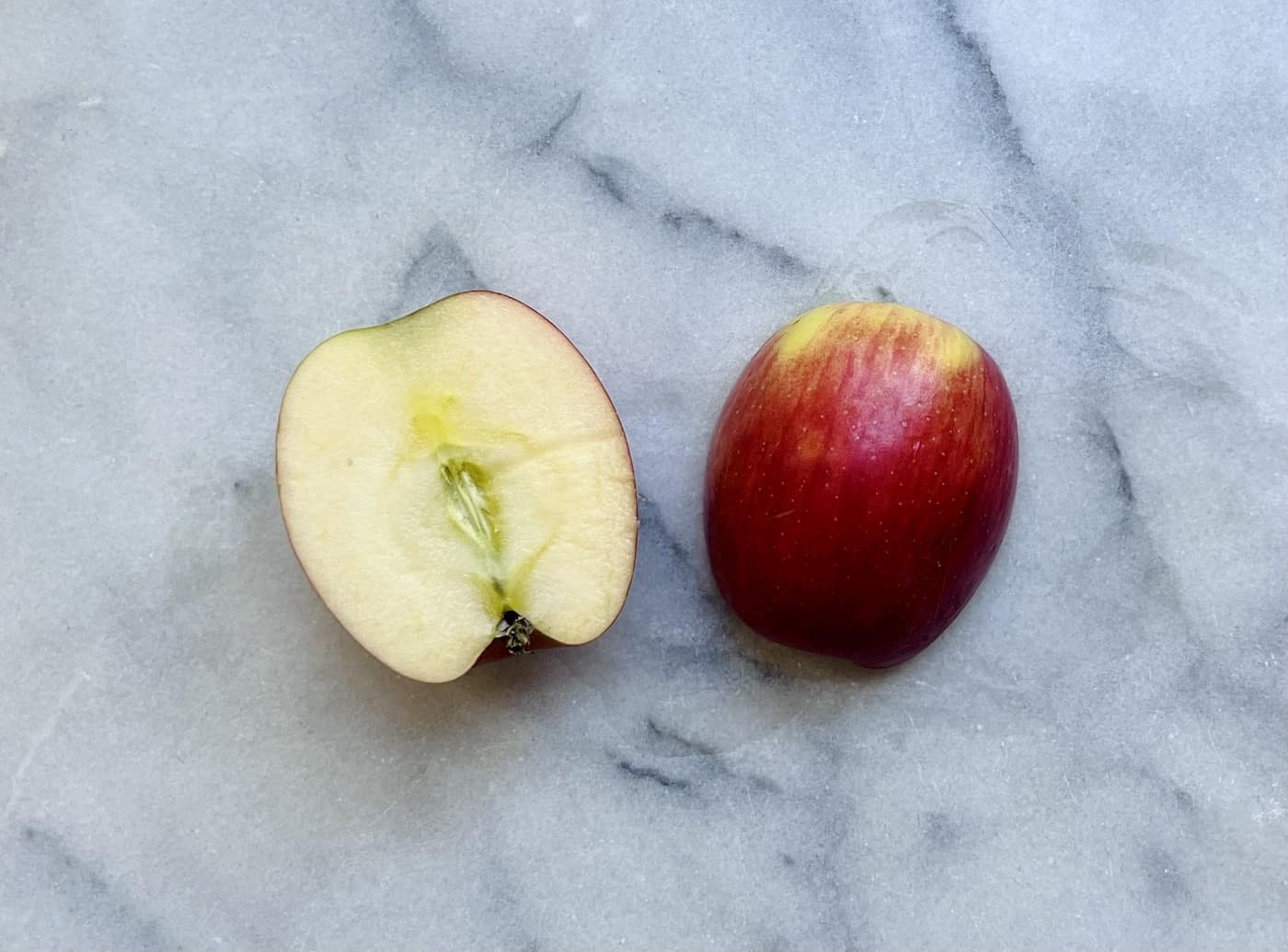
Jazz apple flavor profile
Jazz apples strike a good balance. They’re not too sugary, and there’s a hint of tartness that adds a playful zing. The texture is crisp and juicy. The flavor lingers pleasantly, leaving a fresh, fruity note. Eating this apple is a dependably refreshing experience.
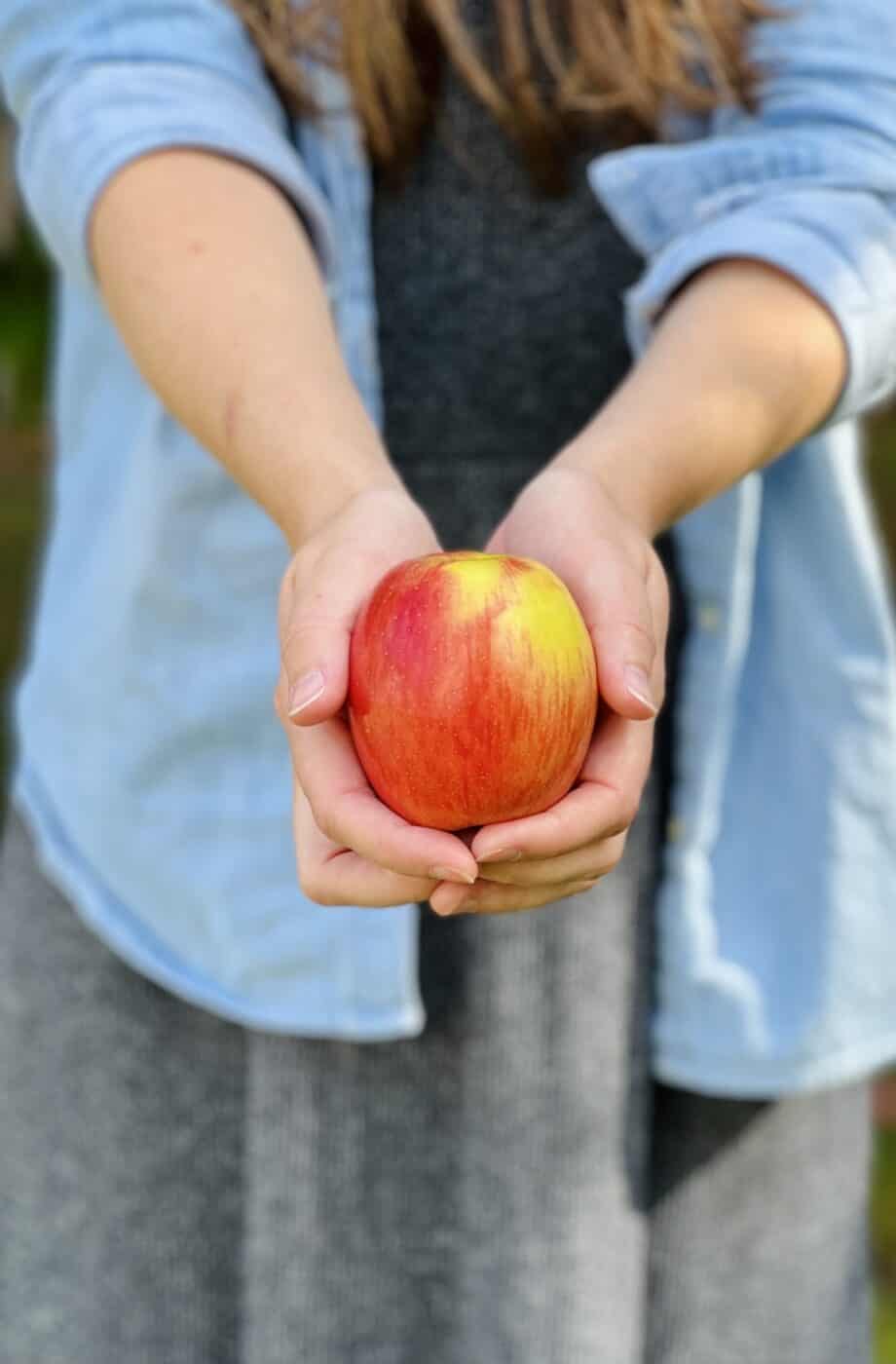
Buying Jazz apples
Jazz apples are grown in both hemispheres and are therefore available year-round at supermarkets. They are available in most grocery stores for around $1 USD each and are cheaper to buy in bulk-sized bags (pictured below). A typical 3-pound bag may cost about $5, while a larger 10-pound bag might only be $10. They are relatively cheap and widely available, making this a great apple for the everyday consumer.
Storing these apples is not too difficult. While you can store them in a fruit bowl or basket on your kitchen counter, they have a longer and better shelf life if you store them in your refrigerator. They should be kept away from other fruits and vegetables to reduce the levels of ethylene, which speeds up aging in produce.
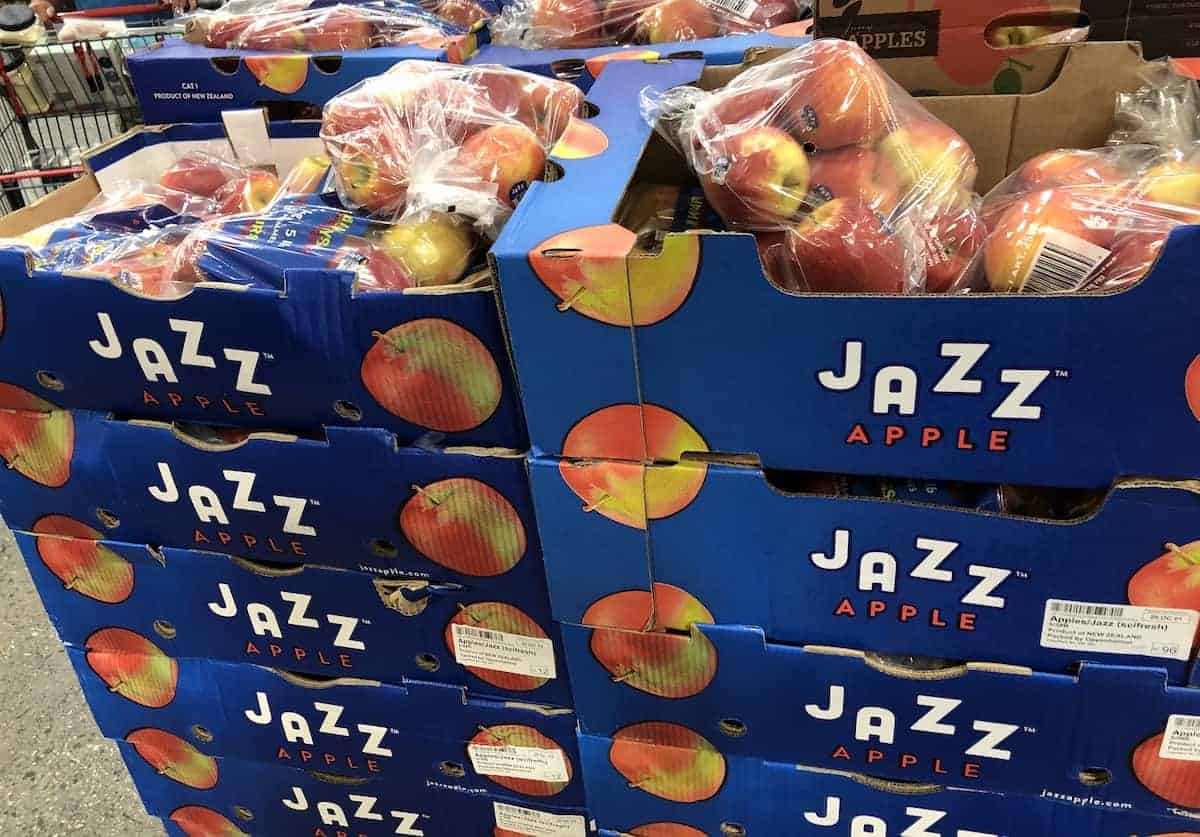
Growing Jazz apples
Jazz brand apple trees are protected by ENZA and production is reserved for commercial growers. Home gardeners cannot purchase one to put in their yards yet. If you like the flavor of Jazz apples, consider growing a similar sweet-tart variety such as Honeycrisp.
“JAZZ™ apples are responsibly grown under license from ENZA ™ by specially selected growers. Annual investment in Research and Development optimizes growing and storage practices. Technical support to supply chain partners ensures our best practices & stringent quality standards are consistently achieved. The T&G ™ Global model guarantees that JAZZ™ apples will be consistent in taste, texture and appearance.”
When growing Jazz apples, it takes 4 to 5 years before the tree begins producing fruit. Apples grown in the northern hemisphere are available in October through April, while the ones grown in the southern hemisphere fill the demands in March through September.
While Jazz apples were created and grown in New Zealand, they are not restricted to that country anymore. Jazz apples are grown and made available worldwide. In any of the other countries that they are grown in, ENZA is still diligent about keeping them pure and natural. The other countries they are grown in are Australia, France, Chile, Italy, the United States, the UK, Switzerland, and Austria. This blend of countries is perfect because it allows them to be grown in both hemispheres.
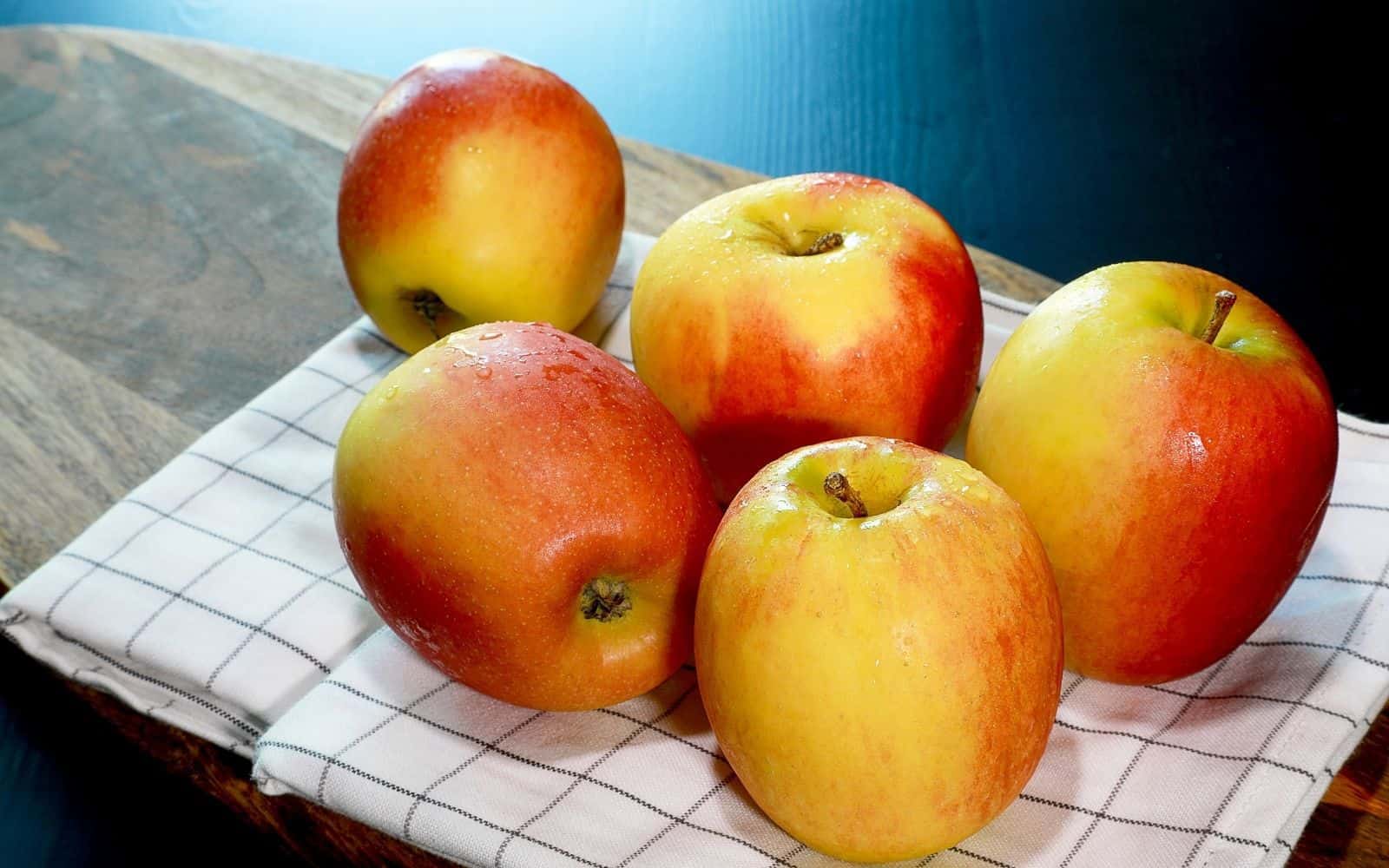
Recipes with Jazz apples
Because of their balance of flavors, Jazz apples are a great option for many recipes that require apples. Their sweetness lends itself to more savory dishes. They complement tuna salads very well, so you can have them next to it or chopped up in the salad. Add them to nearly any salad for a little extra sweetness and crunch.
On the sweeter side of things, Jazz Apples make a great option for baked goods as well. Because of their crispiness and firmness, they hold up well in the oven. Use them in pies, crisps, tarts, and other pastries. You can also try pairing them with complementary cheeses and crackers on a charcuterie board.
Here are some tasty recipes for your Jazz Apples:
- Savory Jazz Apple Nachoes
- Peanut Butter & Jazz Apple Pumpkin Bread
- Pork Tenderloin With Jazz Apple And Onion Marmalade
- Upside Down Jazz Apple Tart
- Mini Jazz Apple Cheesecakes


